Cataracts are a major cause of vision impairment worldwide, especially among older adults. This common eye condition leads to the clouding of the eye’s natural lens, resulting in blurry vision, sensitivity to light, and difficulty seeing at night. Although cataracts are often associated with aging, they can also develop due to other factors. Understanding cataracts is crucial for anyone looking to protect their vision and make informed decisions about eye health.
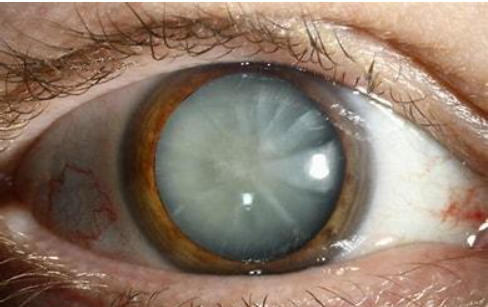
What Are Cataracts?
Cataracts occur when proteins in the eye’s lens break down and clump together, creating cloudy areas that obstruct the passage of light. This causes blurry or foggy vision. Cataracts usually develop slowly and can affect one or both eyes. If left untreated, cataracts can lead to significant vision loss, but modern treatments can restore clarity to your vision.
There are several types of cataracts, including:
- Nuclear Cataracts: The most common type in older adults, these affect the center of the lens and may cause a temporary improvement in reading vision before leading to more severe visual impairment.
- Cortical Cataracts: These form around the edges of the lens and can cause glare or light sensitivity, particularly when driving at night.
- Posterior Subcapsular Cataracts: These develop at the back of the lens and often progress more quickly, leading to faster vision impairment.
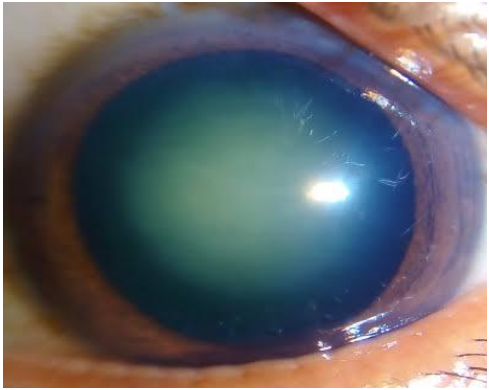
Causes of Cataracts
Multiple factors can contribute to cataract formation:
- Aging: The most common cause, where the lens becomes less flexible, thicker, and more opaque over time.
- Genetic Factors: A family history of cataracts can increase the likelihood of developing them.
- Trauma: An injury to the eye can lead to cataract formation, sometimes years after the event.
- UV Radiation: Prolonged exposure to the sun’s ultraviolet rays can contribute to cataract development, making eye protection crucial.
- Health Conditions: Diabetes, high blood pressure, and other health conditions can increase the risk of cataracts.
- Smoking and Alcohol: Smoking and excessive alcohol use are known to accelerate the development of cataracts.
- Medications: Long-term use of corticosteroids and other medications can contribute to the formation of cataracts.
- Previous Eye Surgery: Surgery for other eye conditions, such as glaucoma, can increase the risk of cataracts.
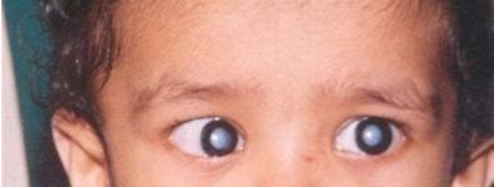
Symptoms of Cataracts
Cataracts usually develop slowly, so symptoms may be mild at first. However, as the condition progresses, you may experience:
- Blurry or Cloudy Vision: The most common symptom, where the cloudy lens blocks light from reaching the retina.
- Increased Sensitivity to Light: Bright lights may cause discomfort, and you might see halos around lights, especially at night.
- Difficulty Seeing at Night: Reduced night vision can make activities like driving more challenging.
- Fading or Yellowing of Colors: Colors may seem less vibrant or take on a yellowish hue.
- Double Vision in One Eye: Also known as monocular double vision, where you see multiple images in one eye.
If left untreated, cataracts can severely impact your quality of life by limiting your ability to perform everyday activities.
Recent Advances in Cataract Treatment
Thanks to advances in medical technology, cataract treatment has seen significant improvements. Here are some of the latest options:
- Laser-Assisted Cataract Surgery: This technique uses laser technology to create precise incisions and soften the cataract, making it easier to remove. The use of lasers can lead to quicker recovery times and more accurate outcomes.

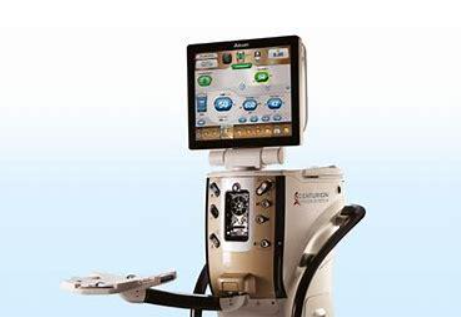
2. Advanced Intraocular Lenses (IOLs): Recent developments in IOLs have provided patients with more options. Multifocal, and toric lenses, for example, can correct presbyopia (age-related loss of near vision) and astigmatism, reducing the need for glasses after surgery.
3. Trifocal IOLs: These lenses offer clear vision at near, intermediate, and far distances, providing a comprehensive solution for cataract patients.

4. Extended Depth of Focus (EDOF) Lenses: These lenses improve vision at multiple distances without the compromises associated with traditional multifocal lenses.
Treatment Options for Cataracts :
Once cataracts begin to affect your daily life, such as reading, driving, or recognizing faces, surgery is often recommended. Here are the common treatment approaches:
- Cataract Surgery: Cataract surgery is one of the safest and most effective surgeries performed today. During the procedure, the cloudy lens is removed and replaced with an artificial lens (IOL).
- Phacoemulsification: The most common method, where ultrasound waves are used to break up the cataract, which is then gently suctioned out.
- SICS: In cases where the cataract is too dense, a larger incision may be needed to remove it in one piece.

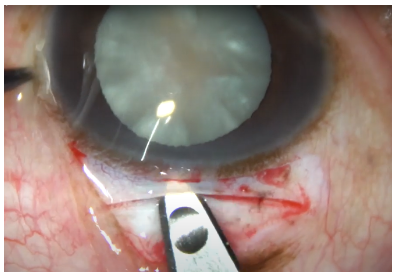
Recovery from cataract surgery is usually quick, with many patients experiencing improved vision within days.
2. Lens Options: Choosing the right IOL is crucial for the best visual outcome. Options include:
- Monofocal Lenses: Designed for clear vision at one distance (either near or far).
- Multifocal Lenses: Provide clear vision at multiple distances, reducing the need for glasses.
- Toric Lenses: Specifically designed to correct astigmatism, improving overall visual clarity.
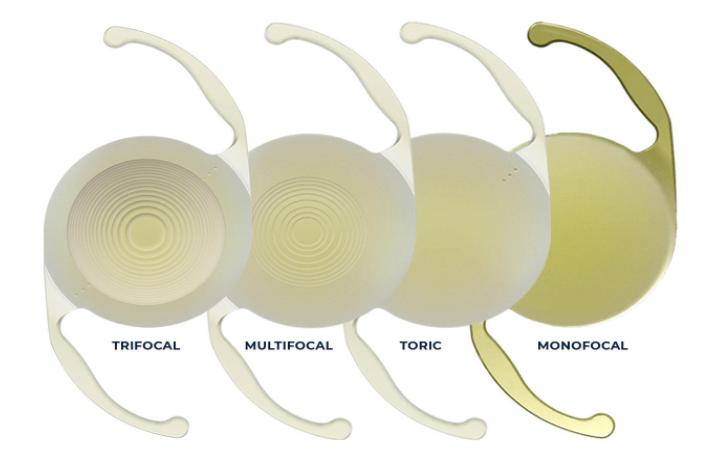
3. Non-Surgical Management (Early Stage): In the early stages, cataracts may be managed with stronger glasses, magnifying lenses, and improved lighting. However, these are temporary solutions, and surgery is the only definitive treatment.
Prevention of Cataracts
While not all cataracts can be prevented, certain lifestyle choices can reduce your risk:
- Wear Sunglasses: Protect your eyes from UV rays by wearing sunglasses that block 100% of UVA and UVB radiation.
- Quit Smoking: Smoking increases the risk of cataract formation, so quitting can help protect your vision.
- Maintain a Healthy Diet: A diet rich in antioxidants, such as vitamins C and E, can help protect your eyes from oxidative stress that leads to cataracts.
- Regular Eye Exams: Regular check-ups can detect cataracts early and allow for monitoring their progression.

Conclusion
Cataracts are a common and treatable condition that affects millions of people worldwide. Understanding the causes, recognizing the symptoms, and seeking timely treatment can help preserve your vision and enhance your quality of life. Whether you are in the early stages of cataract development or considering surgery, consulting with an eye care professional is essential to explore the best treatment options for your needs.
By taking proactive steps to protect your eye health, you can ensure a brighter, clearer future.
Visit us today to learn more about our services and how we can support your eye care needs. Reach us at https://kiraneyehospital.com/contact/
Published by: https://kiraneyehospital.com/
Date: 04.10. 2024
